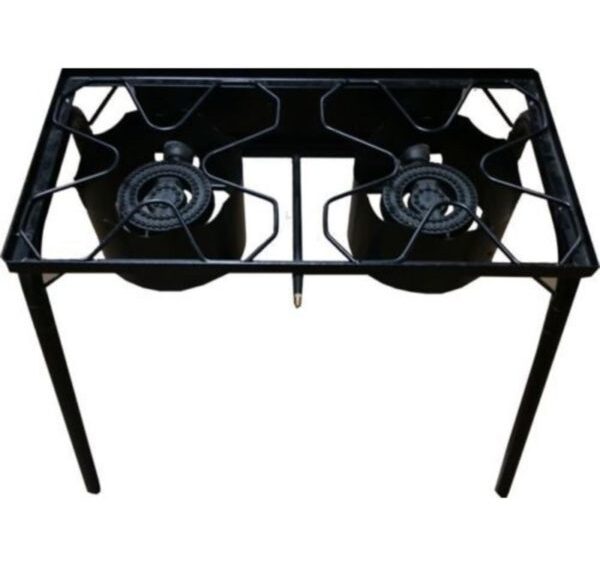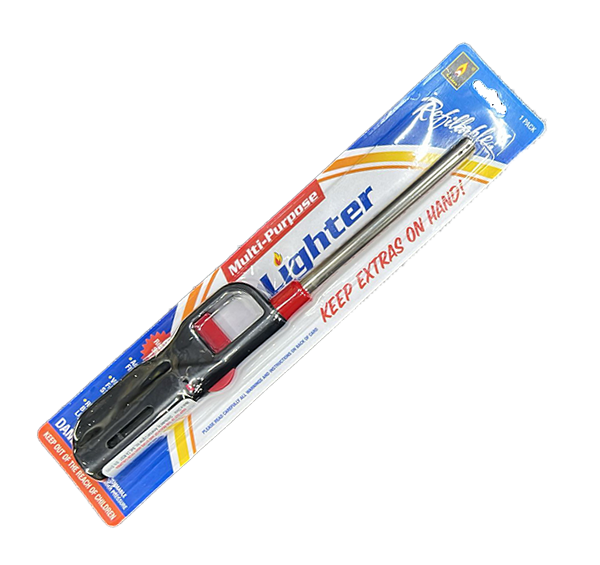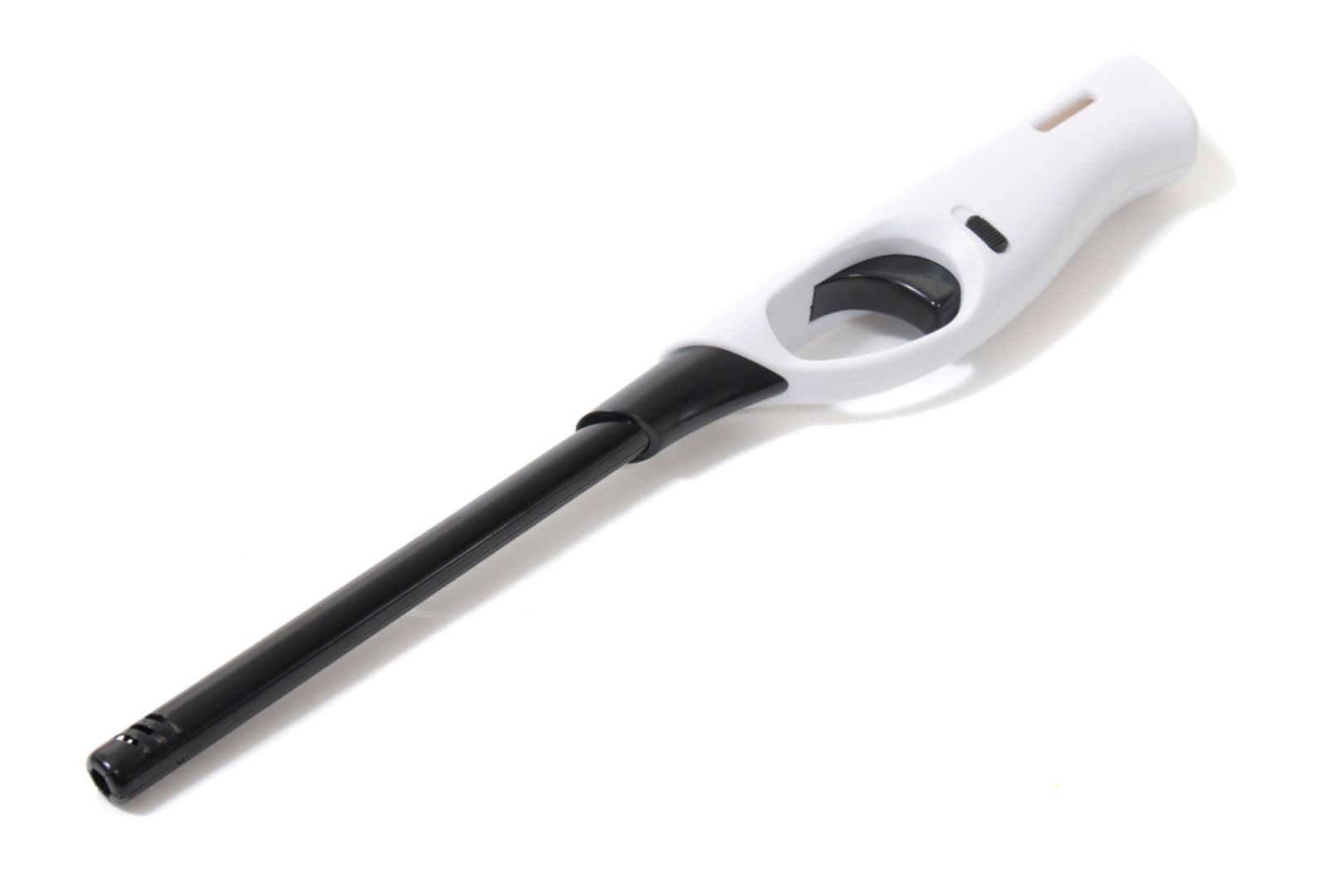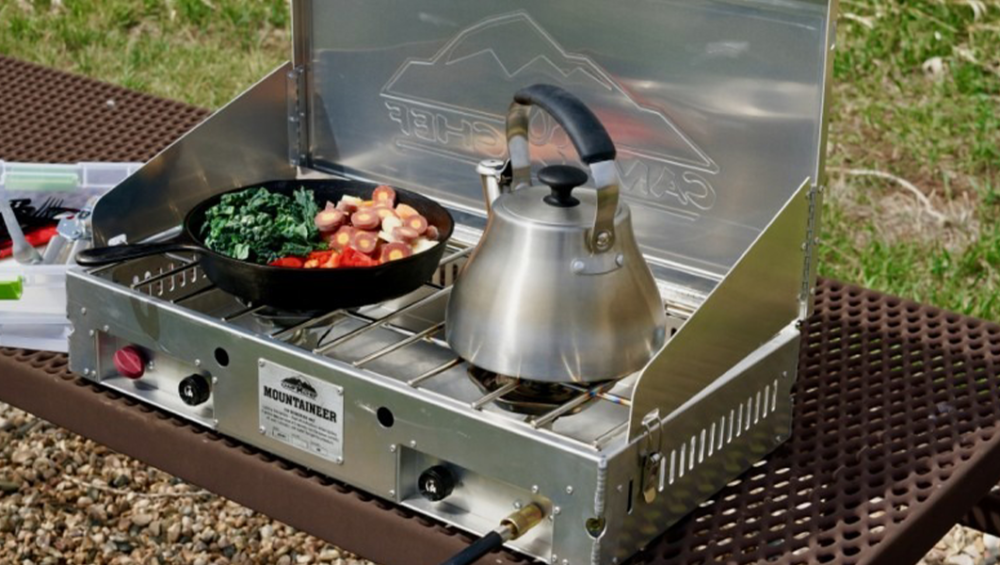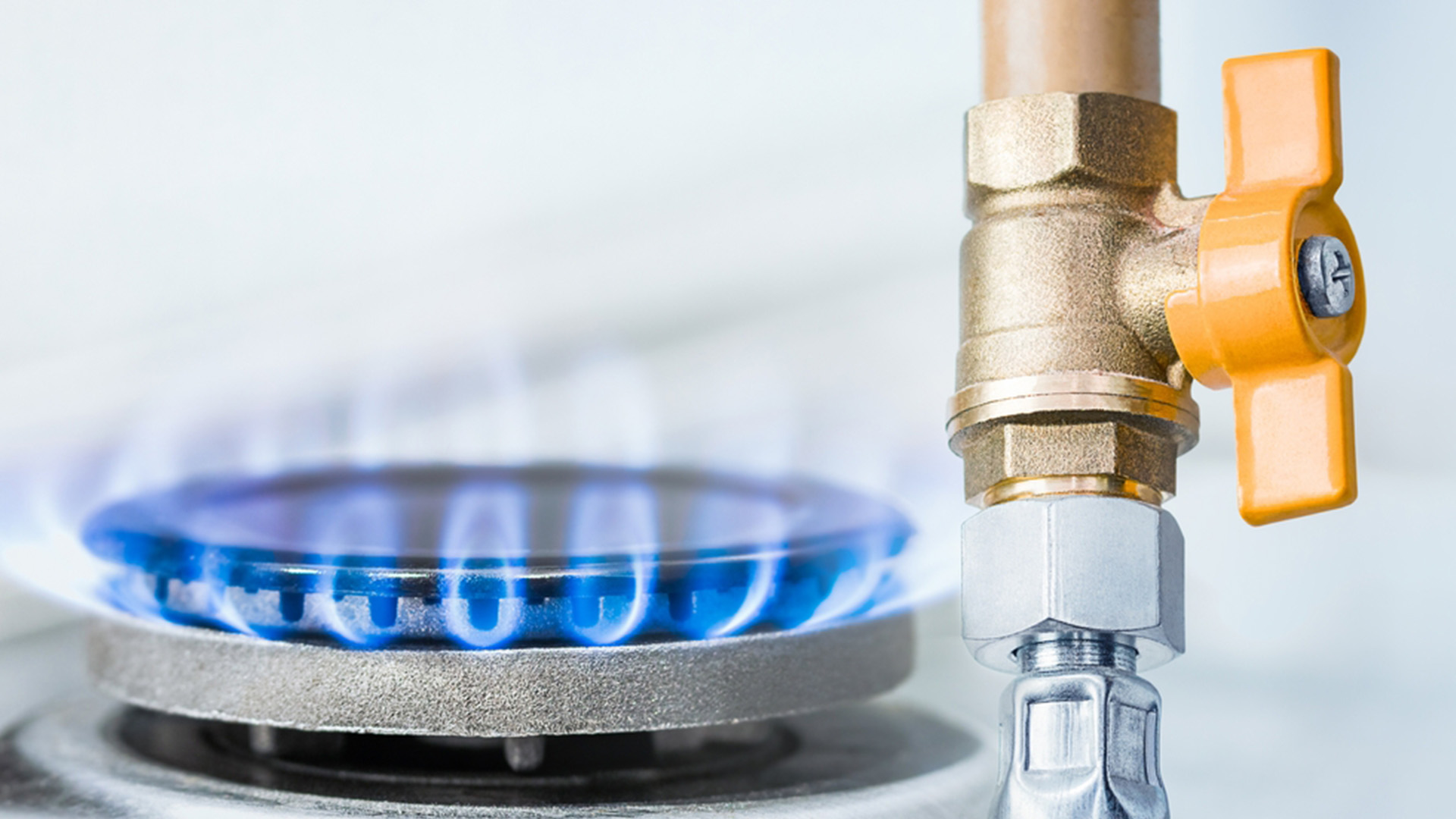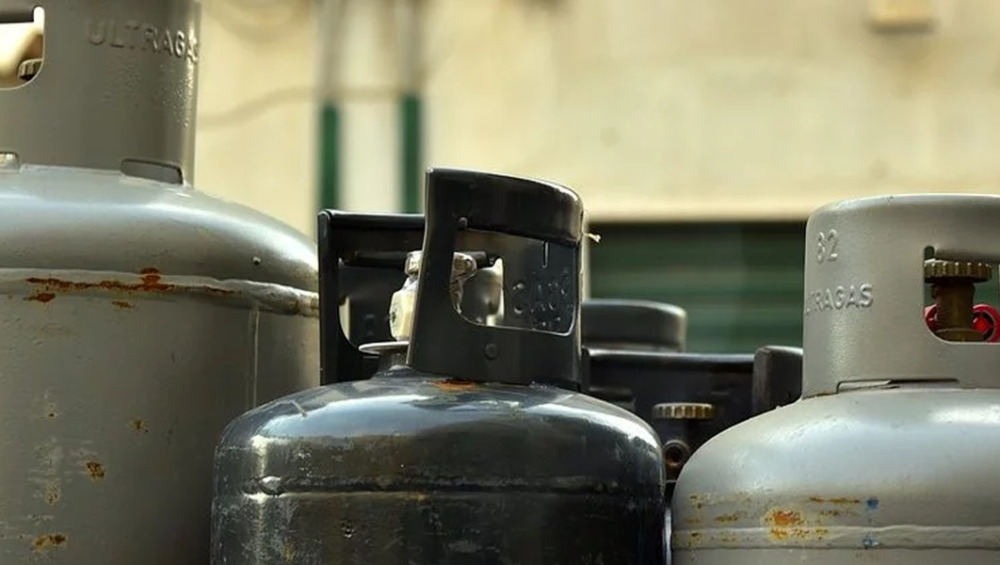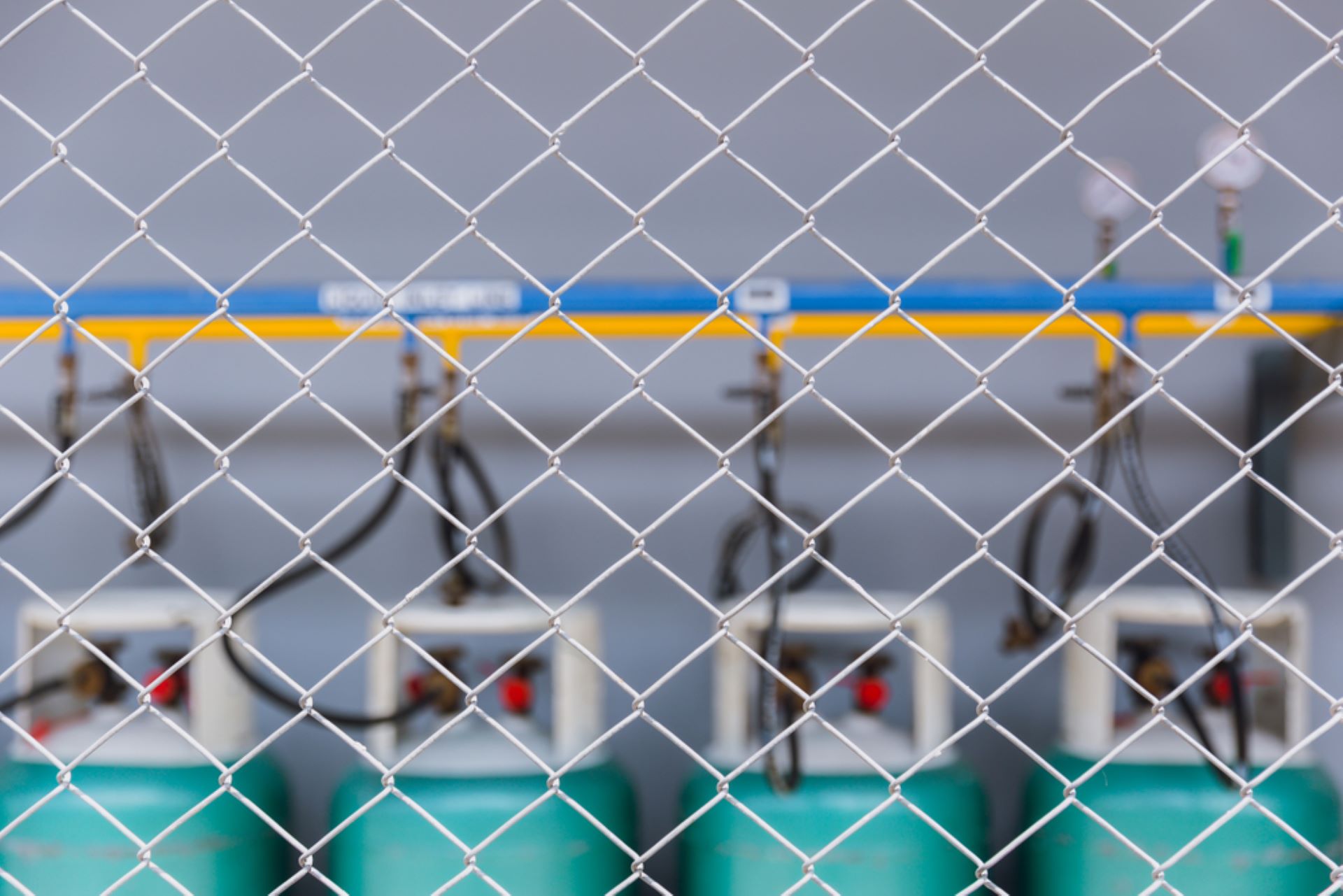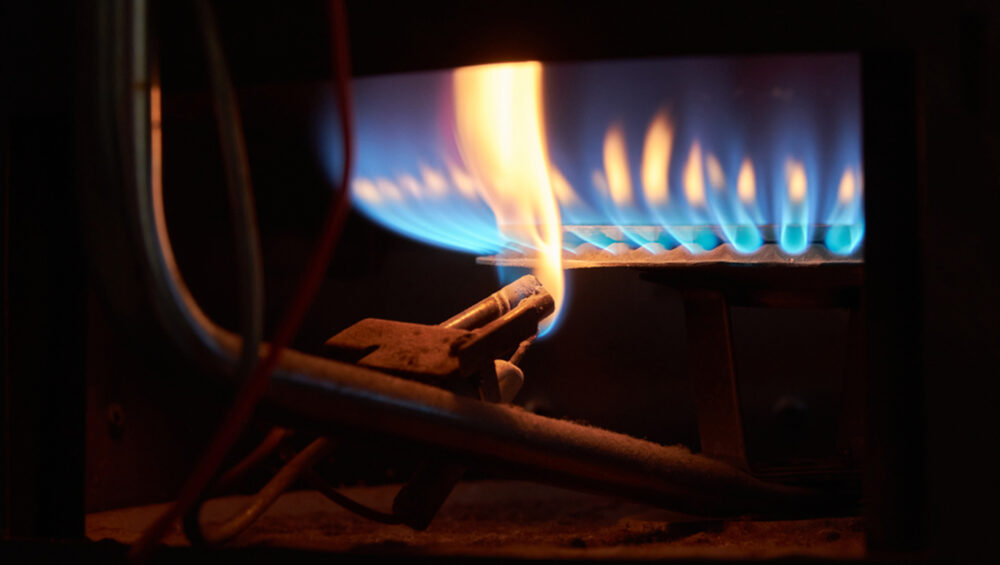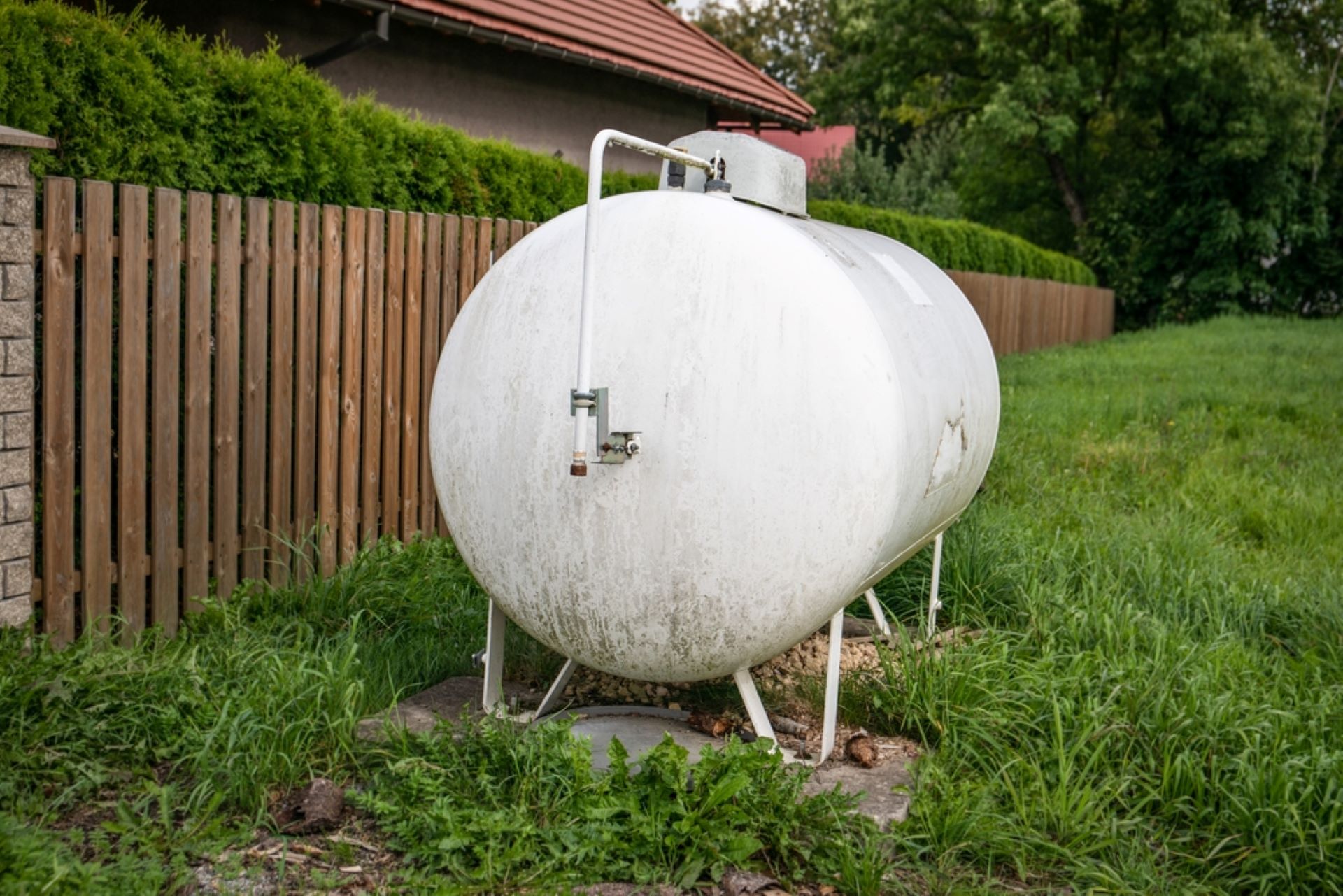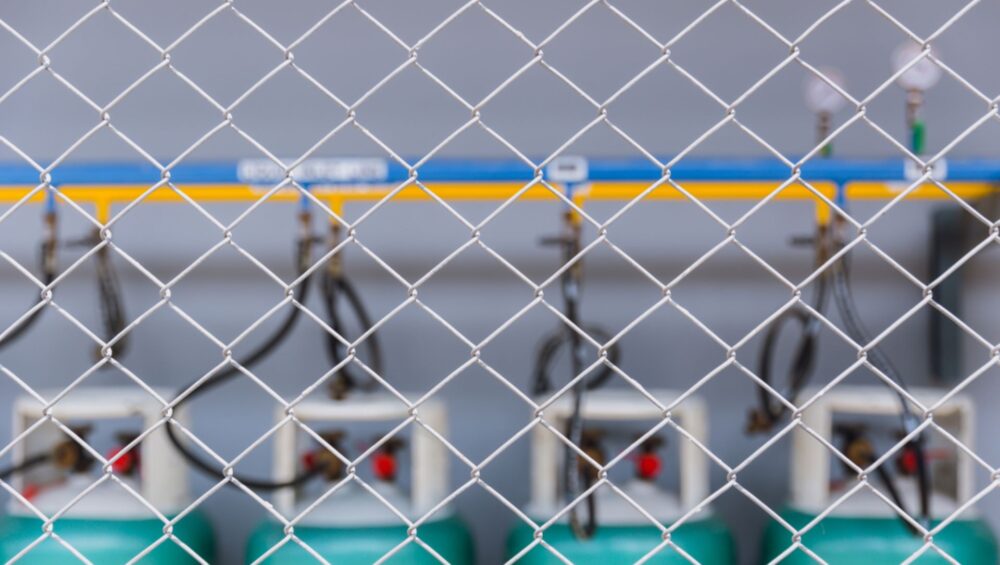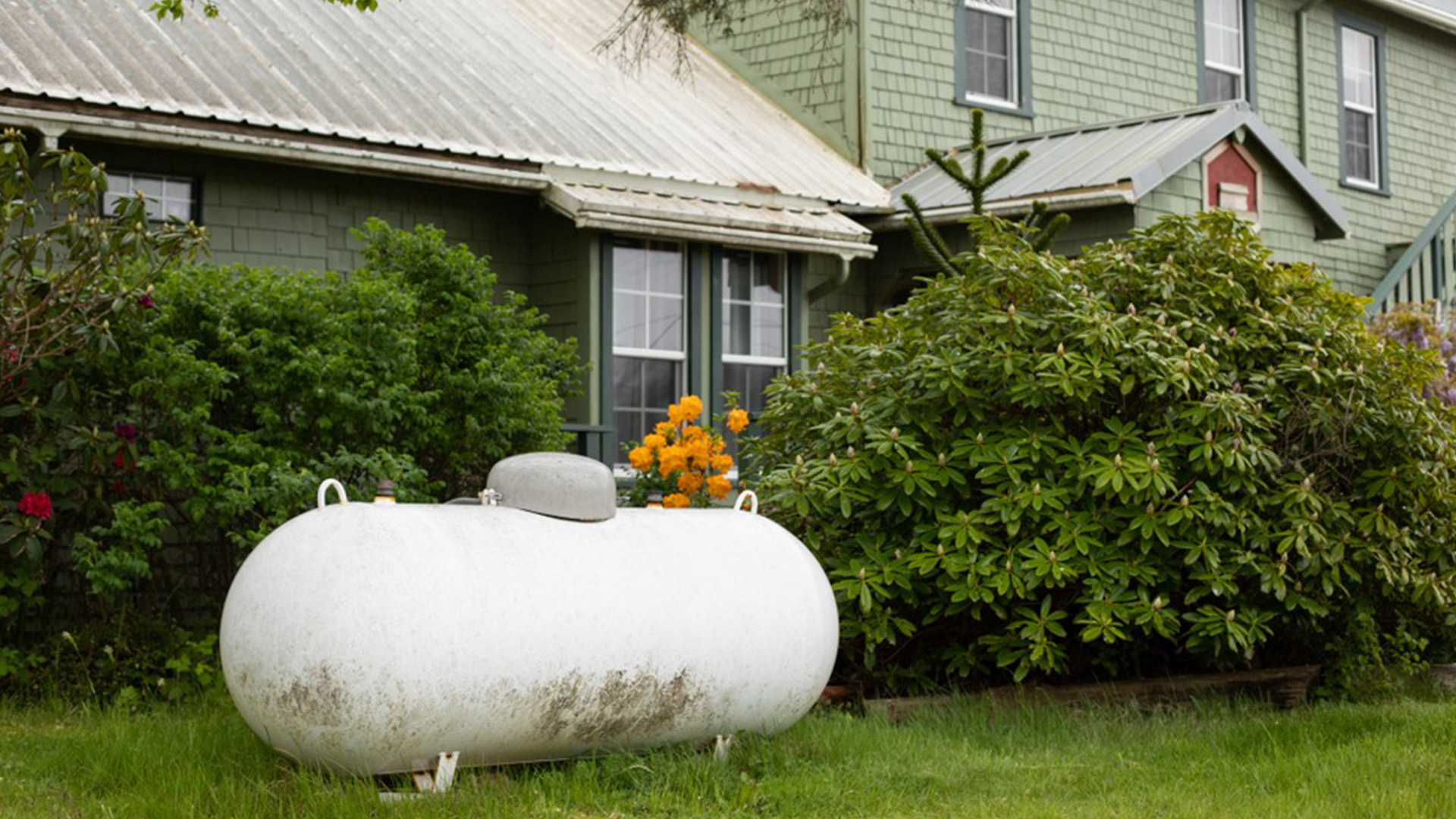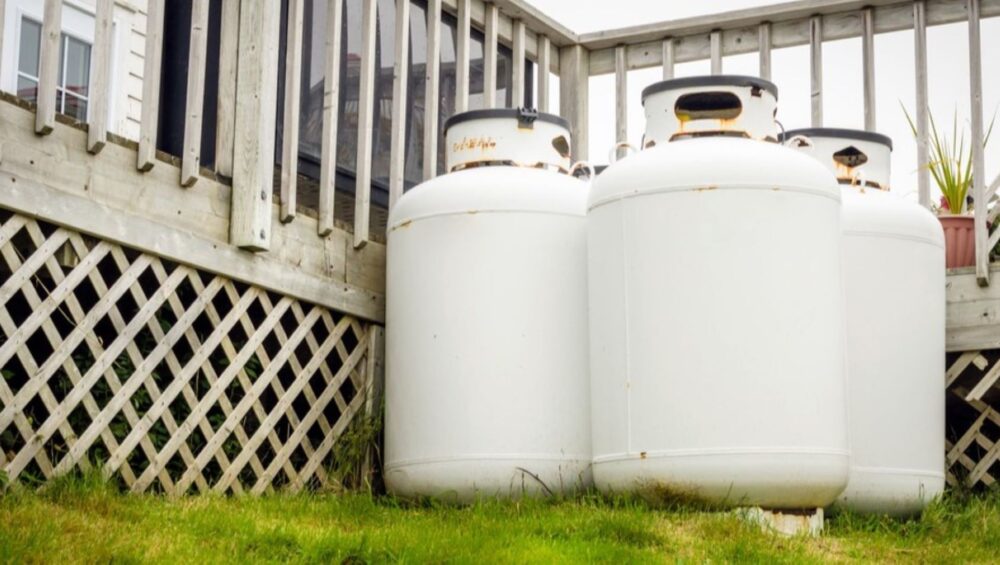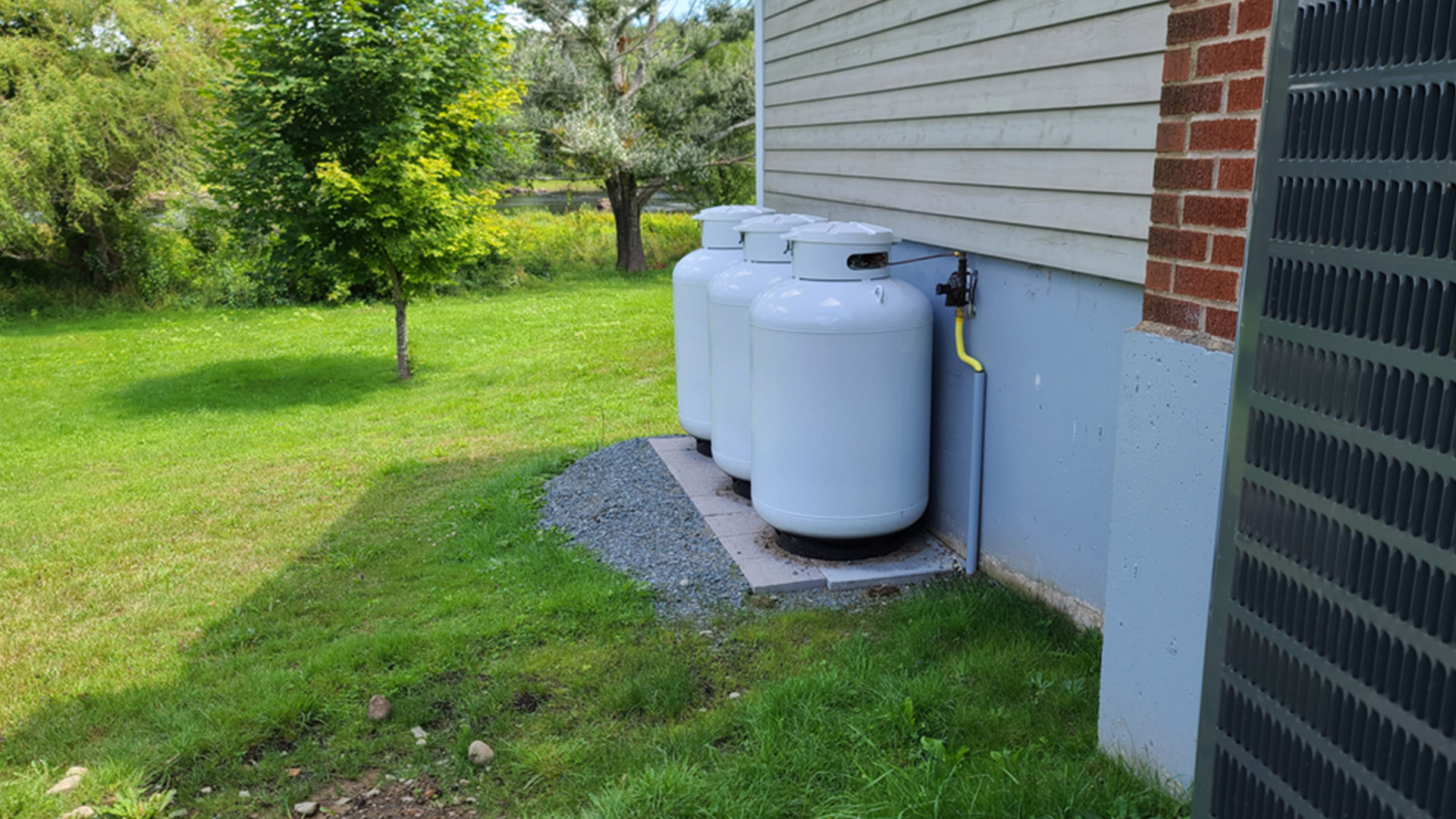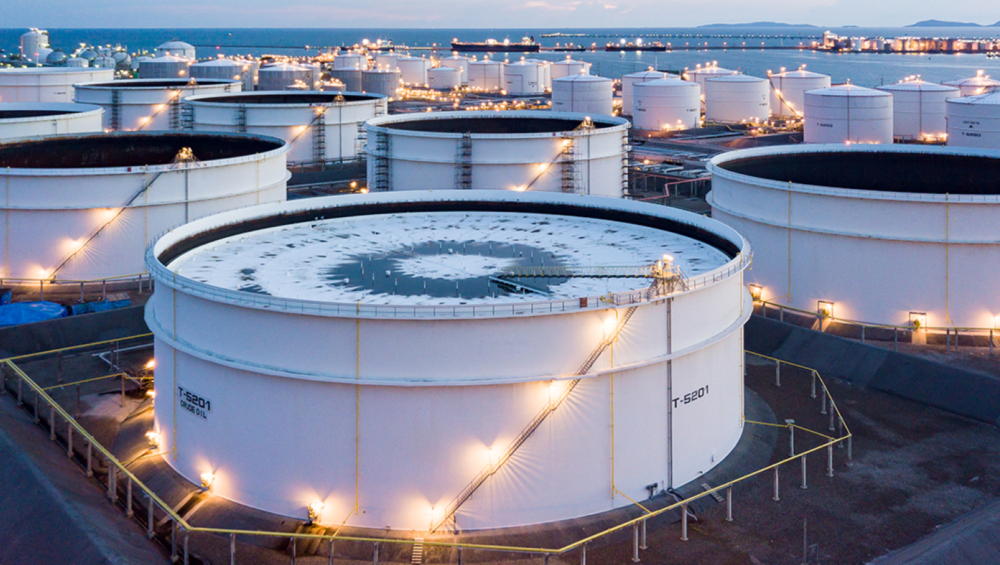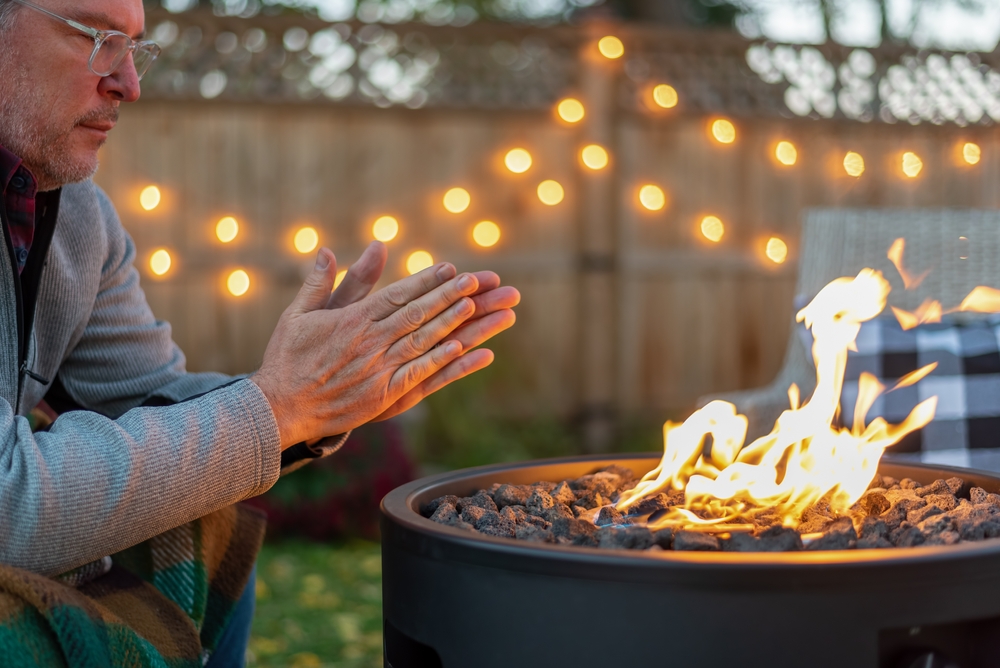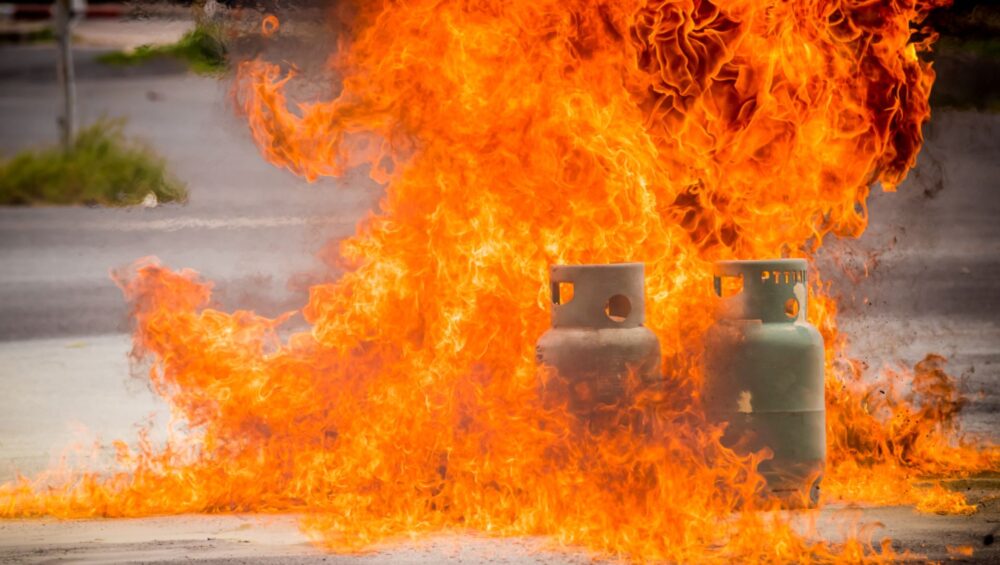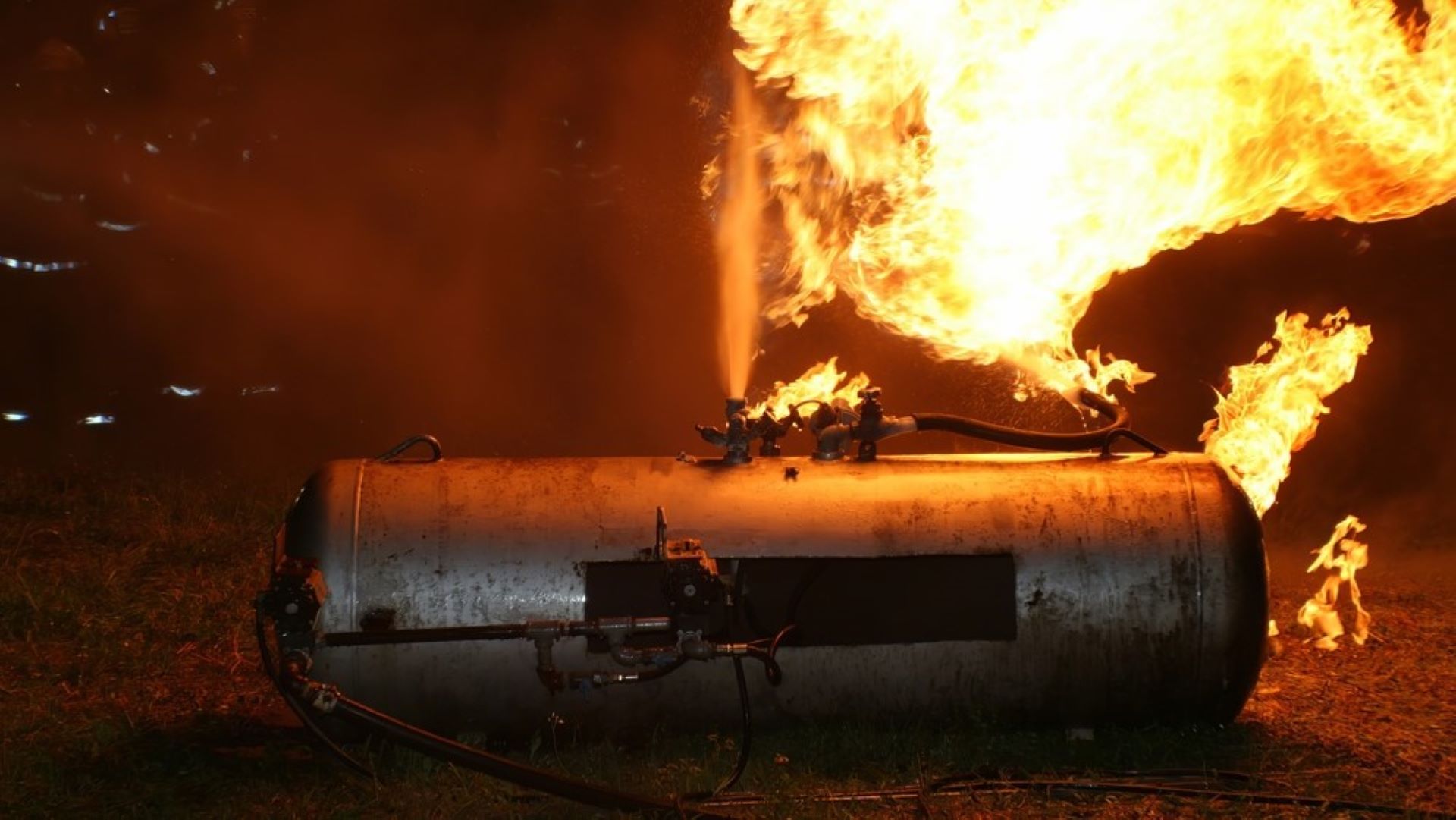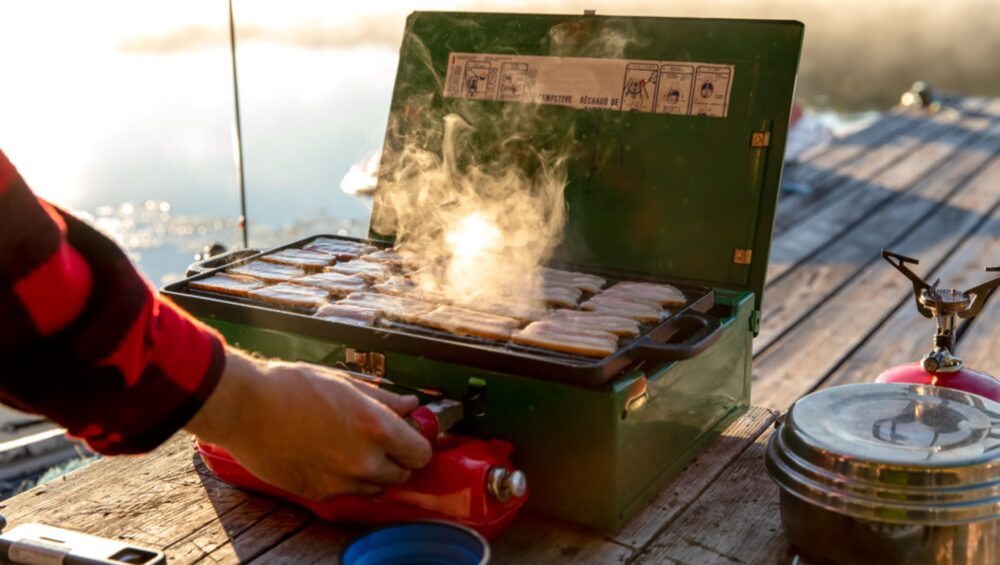Planning food ideas for family gatherings, outdoor parties, or camping trips? A double-burner propane stove could be just the thing to enhance your cooking experience. Double-burner propane stoves are compact, versatile, and efficient as they provide enough power and flexibility to prepare large meals without the need for a full kitchen setup. In this blog, we will look at why these stoves are ideal for large meals, how they work, and what to look for when purchasing one.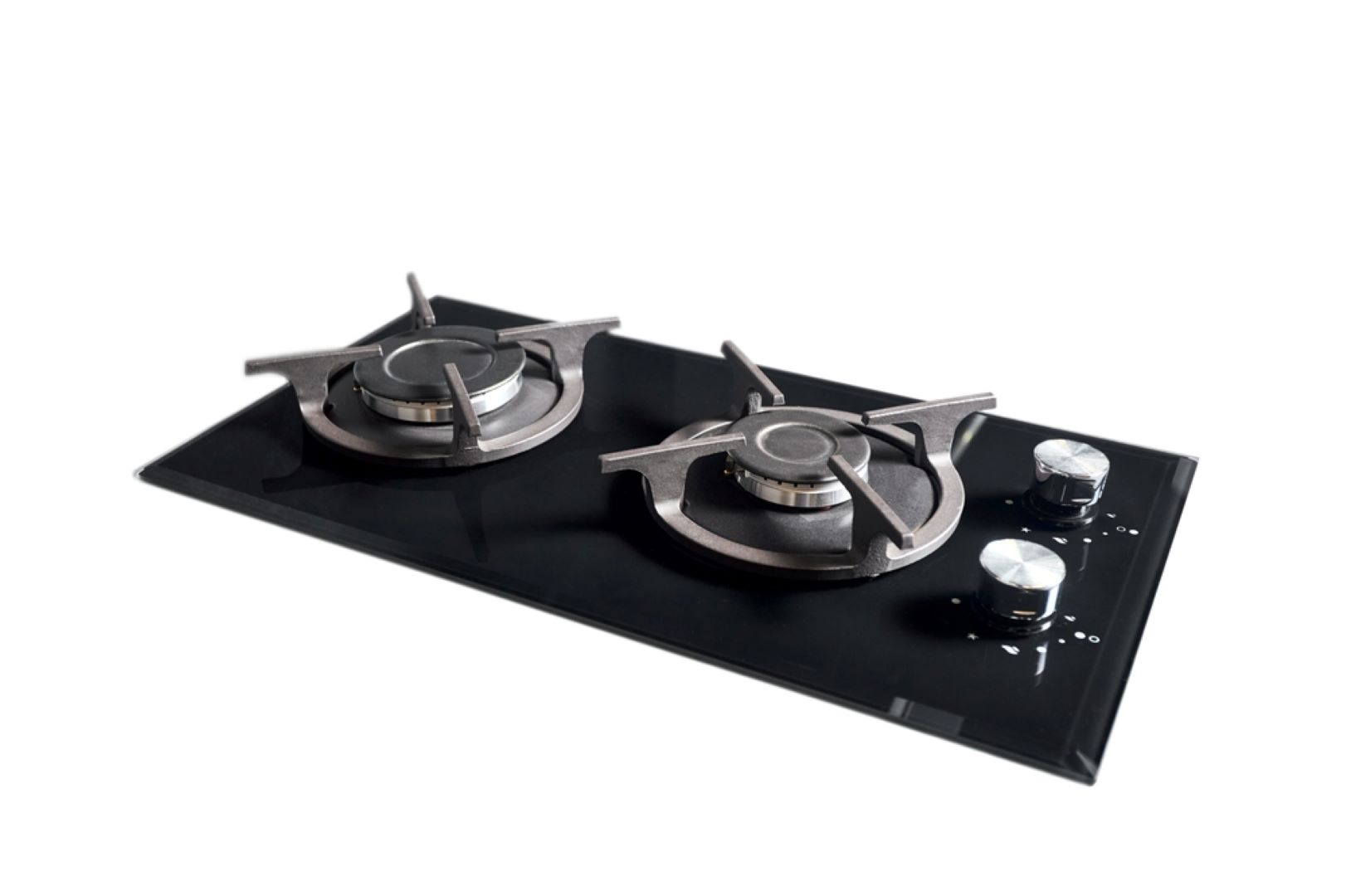
Why Choose a Double-Burner Propane Stove?
Double-burner propane stoves are popular among campers, home chefs, and outdoor cookers because they are portable, powerful, and provide a consistent flame for even cooking. Unlike single-burner stoves, double-burner models allow you to cook multiple dishes at once, making them the best for full meals.
Here’s why a double-burner propane stove is an excellent choice:
- Two Burners for Simultaneous Cooking: No need to wait for one dish to finish before starting another! With two burners, you can carry out two tasks at once!
- Adjustable Heat Control: Most propane stoves offer excellent heat control, allowing you to simmer or boil as needed. The consistent heat from propane gas also helps prevent temperature fluctuations.
- Portability and Ease of Setup: Propane stoves are designed to be easy to transport and set up. Many models feature collapsible legs or handles, making them ideal for outdoor cooking.
- Energy Efficiency: Propane is a highly efficient fuel, meaning you’ll get more cooking time from a single tank compared to other fuel options. Refilling or exchanging propane is also simple and widely available with propane refill and propane exchange services.
Key Features to Look for in a Double-Burner Propane Stove
Here’s what to consider when making a purchase of a double burner propane stove:
- Heat Output: The stove’s heat output, measured in BTUs (British Thermal Units), determines its cooking speed and efficiency. For large meals, look for stoves with a minimum heat output of 10,000 BTUs per burner.
- Build Quality: Choose stoves made of durable materials like stainless steel and cast iron to withstand high temperatures and frequent use. A high-quality build ensures that the stove will last for several seasons.
- Wind Protection: For outdoor cooking, use a stove with built-in wind shields and barriers around the burners.
- Fuel Type and Compatibility: Double-burner stoves typically use standard propane tanks. Ensure the stove is compatible with the tank size you intend to use.
- Ease of Cleaning: Cooking large meals can get messy, so choose a stove that’s easy to clean. Removable grates or drip trays are helpful features.
- Portability and Setup: If you’re frequently on the go, consider a stove that’s lightweight or has foldable legs for easy transport.
Cooking Large Meals on Your Double-Burner Propane Stove
Once your double-burner propane stove is set up, you’re ready to tackle some serious cooking. Here are some ideas:
- Grill and Sauté Combo: Use one burner for a grill pan to cook burgers, steaks, or veggies, while using the other burner for side dishes.
- Boil and Fry Simultaneously: Perfect for a seafood boil or a camping breakfast. Boil potatoes or corn on one side while frying eggs or bacon on the other.
- Large Batch Soups and Stews: With ample space on two burners, you can make large batches of hearty stews, soups, or pasta dishes for a crowd.
Final Thoughts
A double-burner propane stove is a fantastic tool for cooking large, satisfying meals outside. Whether you are hosting a backyard barbecue, camping, or simply cooking for a large group, propane stoves are a popular choice due to their versatility and efficiency. With the right propane supplier and proper maintenance, you can enjoy seamless cooking with little effort. So, fire up the double-burner, gather your favorite ingredients, and prepare to serve some unforgettable meals!

